Equipment Solutions Planning (ESP) web application
We worked with Smith Seckman Reid, Inc. to modernize their medical equipment planning tool.

About SSR
Founded in 1968, SSR is a leading engineering firm that designs and builds hospitals and other large-scale infrastructure.
They support their healthcare clients throughout the full project lifecycle, including the design of the facility layout, defining equipment needs, procurement, and installation.
The SSR team manages this complex process using a proprietary internal app called Equipment Solutions Planning, or ESP.
Deliverables
Complete app redesign
New tech stack
Quality assurance (QA) testing

Project Discovery
SSR approached By the Pixel to help them improve their equipment planning app, ESP, which was initially built in 2006. We started with a preliminary discovery phase that allowed us to lay the foundation for the project.
After a series of in-depth user interviews and a technical deep dive, we delivered user personas, a competitor analysis, a product roadmap, technical plans, and a data migration strategy.
Based on our findings, we determined that the existing codebase was not usable and recommended a full rewrite. This would ensure the app was built using modern best practices and would be fully maintainable and secure.
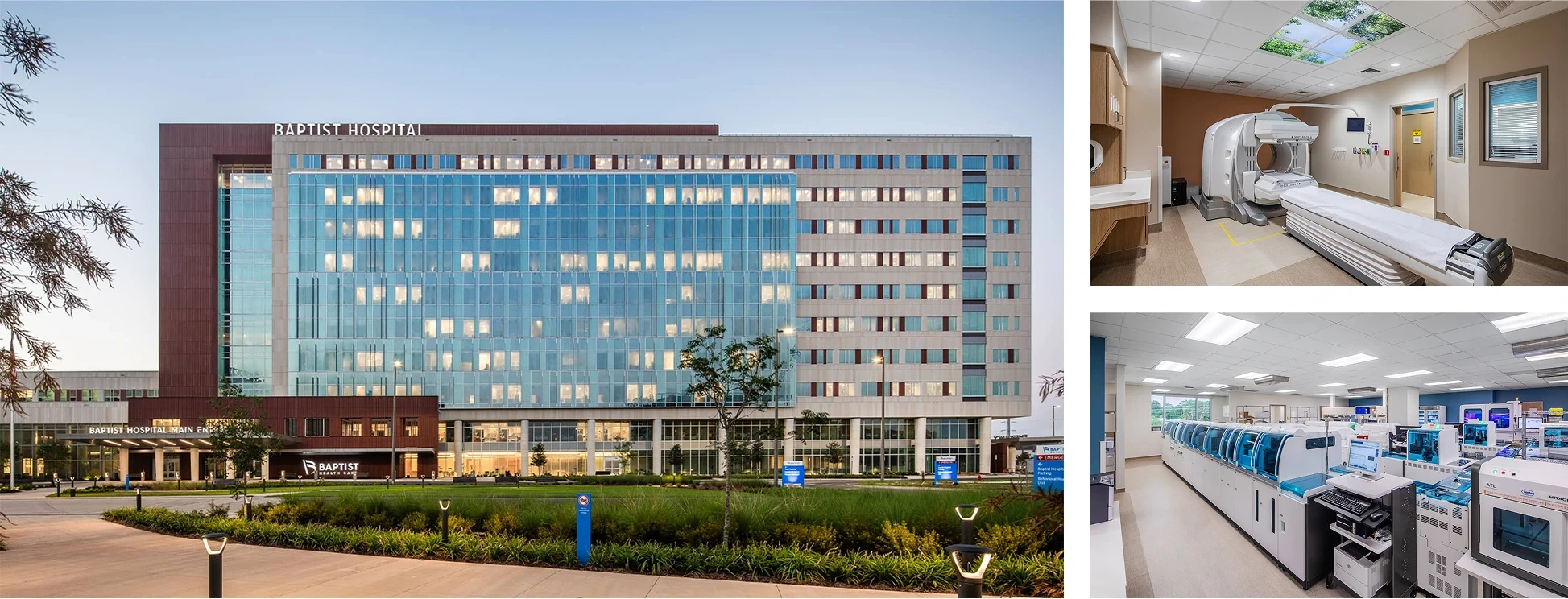
Goals for the rewrite
The Discovery phase allowed us to get to know the SSR team and better understand their challenges and vision. Based on these conversations, we identified the following goals for the rewrite:
1. Modernize the app
Rebuilding the app from the ground up would create a solid foundation that could be built on for years to come. This was the best way to provide a secure, efficient, and maintainable codebase.
2. Revamp the user interface/experience (UI/UX)
Product design has come a long way since 2006, and a fresh start afforded us the chance to delight users with a modern interface that would improve efficiency and productivity.
3. Migrate data
ESP is an essential part of SSR’s business, so we needed to guarantee a seamless transition from the old app. This meant migrating all their data, including more than 100 in-flight projects.
4. Add functionality
Starting over with a new design provided the opportunity to build new features to address core usability issues and provide quality-of-life enhancements requested by the SSR team.

ESP 2.0
By undertaking a complete rewrite, we were able to implement design and development best practices. As a result, the app is more intuitive, performant, secure, and maintainable.
Intuitive navigation
We completely overhauled the app’s navigation and layout, which was a pain point in the original app. The new design makes it easy to understand where you are at all times and quickly get where you want to go.
Modern look and feel
ESP is a functional, data-heavy app, so we embraced a minimalist design underpinned by a “less is more” philosophy. This keeps users focused on the work at hand and frees the interface from needless distractions and clutter.
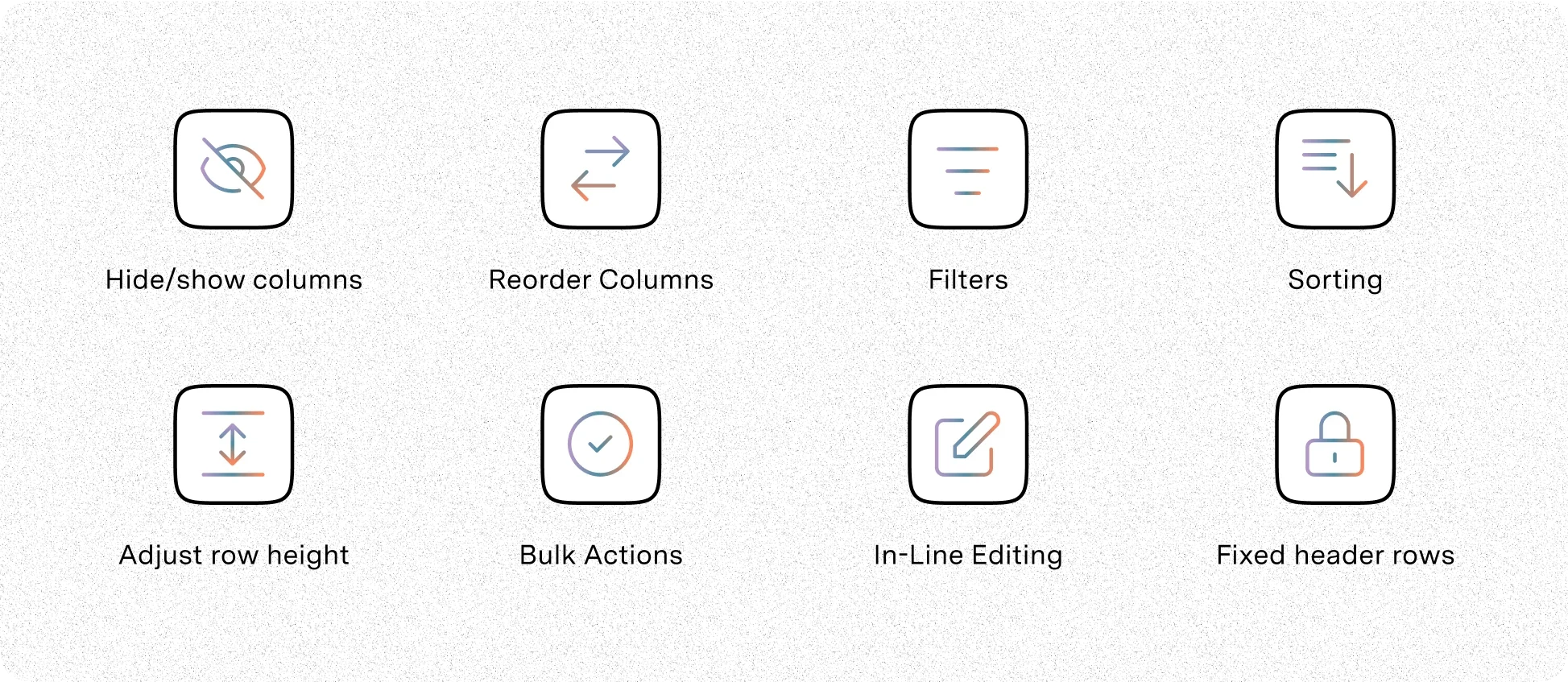
Full-featured tables
At its core, ESP manages and manipulates tabular data. As such, we wanted to give the SSR team a great data table experience, complete with all the features to supercharge their workflows. Our core design principles were:
- Encourage users to customize tables to meet their needs
- Allow users to manipulate data within the tables as much as possible
- Help users maintain context when dealing with large amounts of data
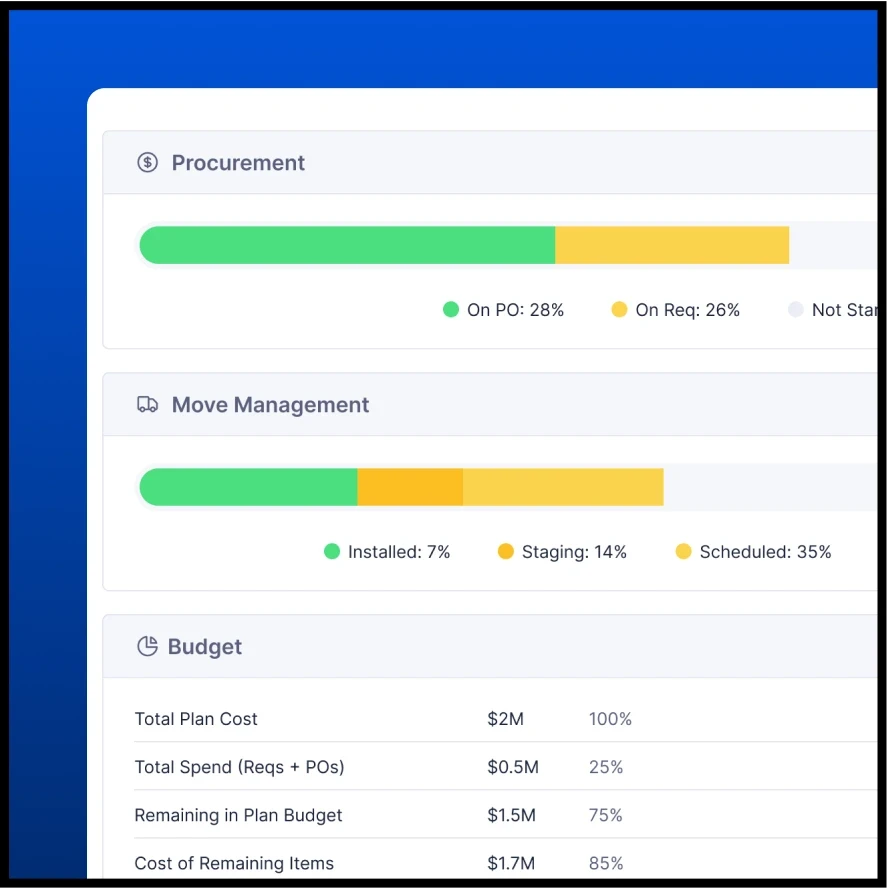
Project dashboard & analytics
We introduced a new dashboard to give users a high-level overview of each project. Thanks to our user permission system, SSR can give clients access to their project’s dashboard, allowing them to access reports and monitor progress in real-time.
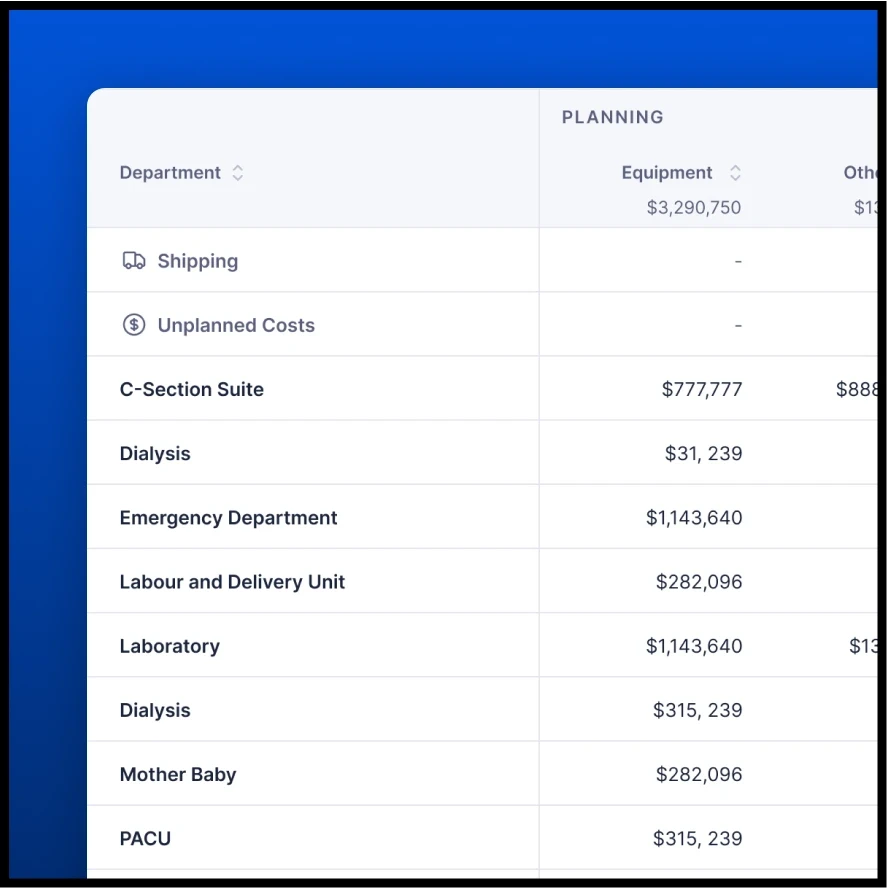
Live budgets
We created real-time expense tables that reduce the need to repeatedly export spreadsheets to view this data. This makes it easier for the SSR team to track progress and flag issues early on. These views can also be shared with clients, enabling them to stay in the loop as projects progress.
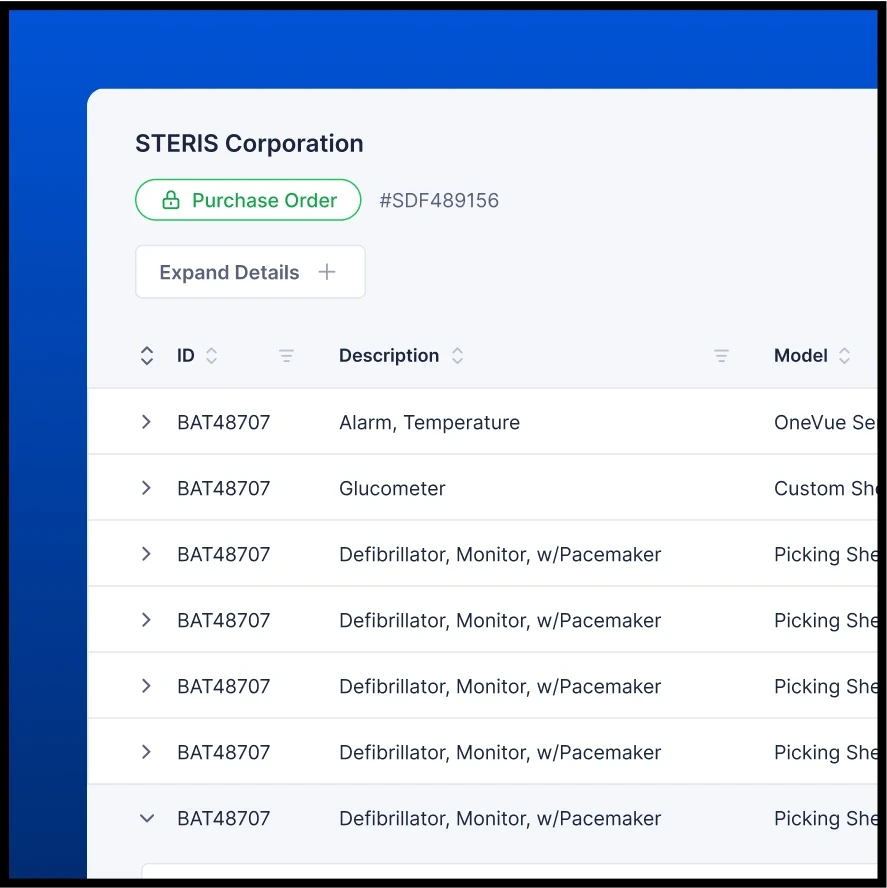
Overhauled procurement system
For many projects, the SSR team manages procurement, requiring them to order and track fulfillment for thousands of items.
We completely redesigned this feature, creating guardrails that improve accuracy and provide users with real-time feedback about each project's progress. We also incorporated quality-of-life features to help the procurement team work smarter, not harder.
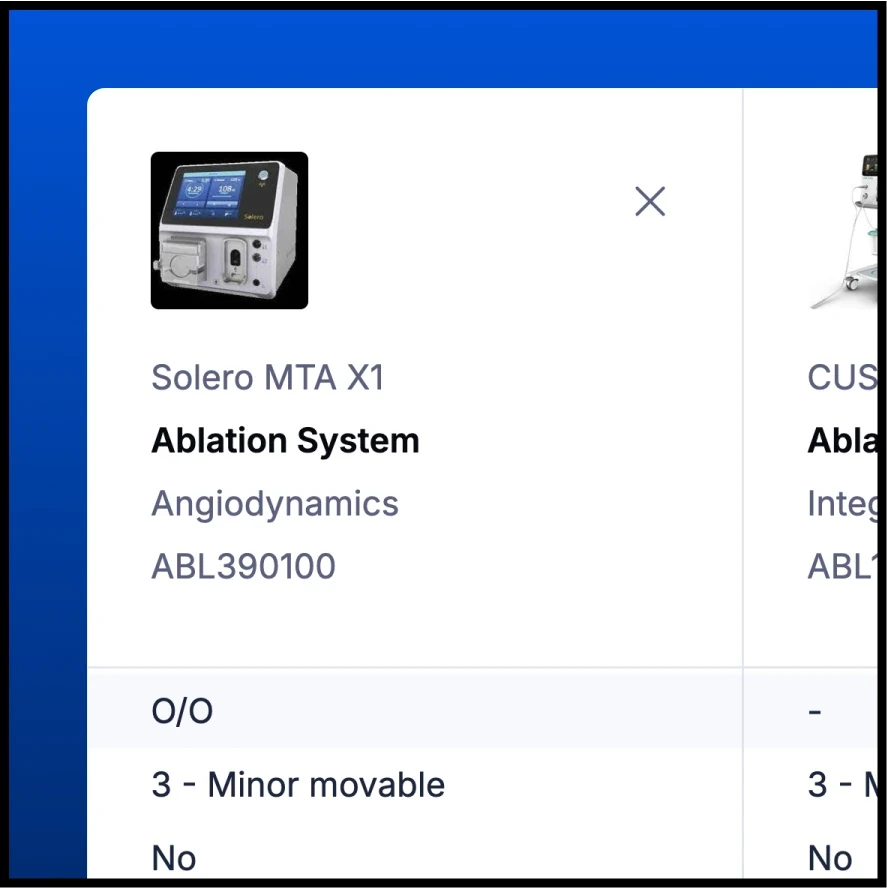
Improved item comparison tool
We improved the item comparison feature to help project planners find the perfect item. It’s now easier for them to add and remove items and revisit whenever they need it.
Developing ESP
When it came time to build ESP, we approached it with a long-term view towards reliability, scalability, security, and maintainability.
Modern tech stack
We implemented a headless architecture with a Vue.js front end and a Laravel (PHP) backend. Both frameworks are open source and have active communities, which ensures they will be well-supported for many years to come.
Improved data schema
We refined ESP's data schema to improve performance, reduce complexity, and make the system more adaptable over time. By rethinking how key content types were structured and related, we created a more efficient foundation that’s easier to maintain and scale. The result is a faster, more resilient application that can evolve alongside business needs without requiring constant workarounds.
Clean, modular code
Our development team implements a thorough code review process that includes frequent refactoring to ensure that all code is efficient and modular. This not only benefits performance but also makes it easier to maintain and upgrade over time.
Data migration
Moving data from one architecture to another was no small feat and required sophisticated engineering and system design. In the end, we successfully migrated all ESP data to the new system, which included hundreds of projects and 100M+ individual data points.

Results
With ESP 2.0, By the Pixel completely updated one of SSR’s key internal applications. We improved the medical equipment team's day-to-day workflows while also improving the security of sensitive customer data.
While the new app is live, this doesn’t mean development is over. We continue to work with SSR to manage the product roadmap, and we have a number of new features scheduled for release on a rolling basis.
This project is a prime example of how By the Pixel serves as a long-term technology partner for companies that specialize in other industries.